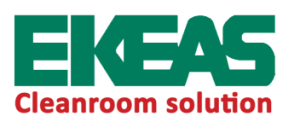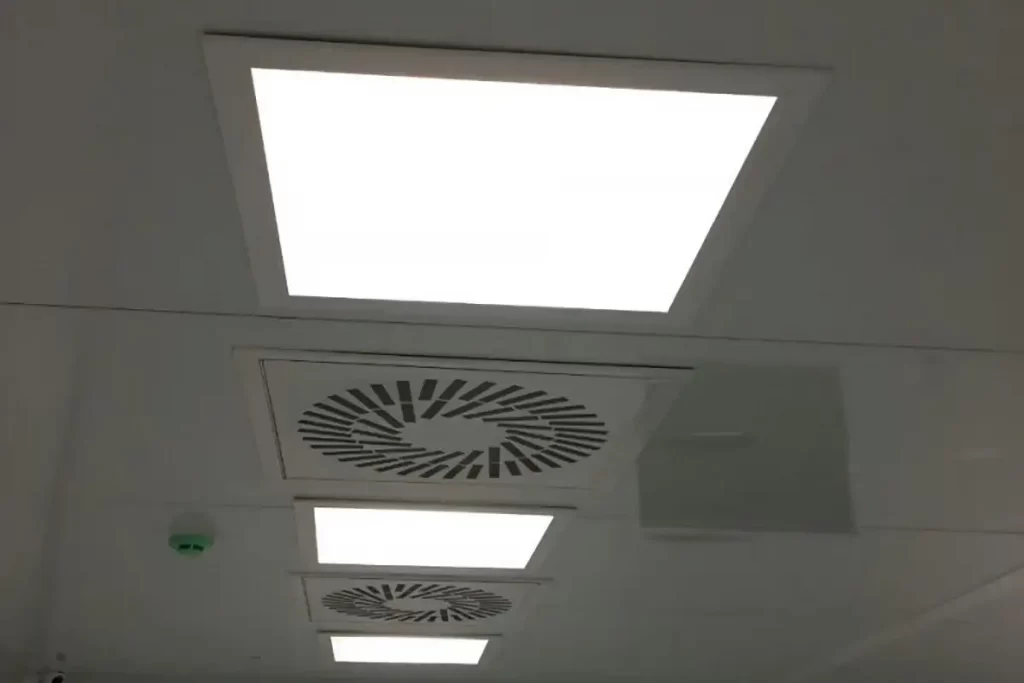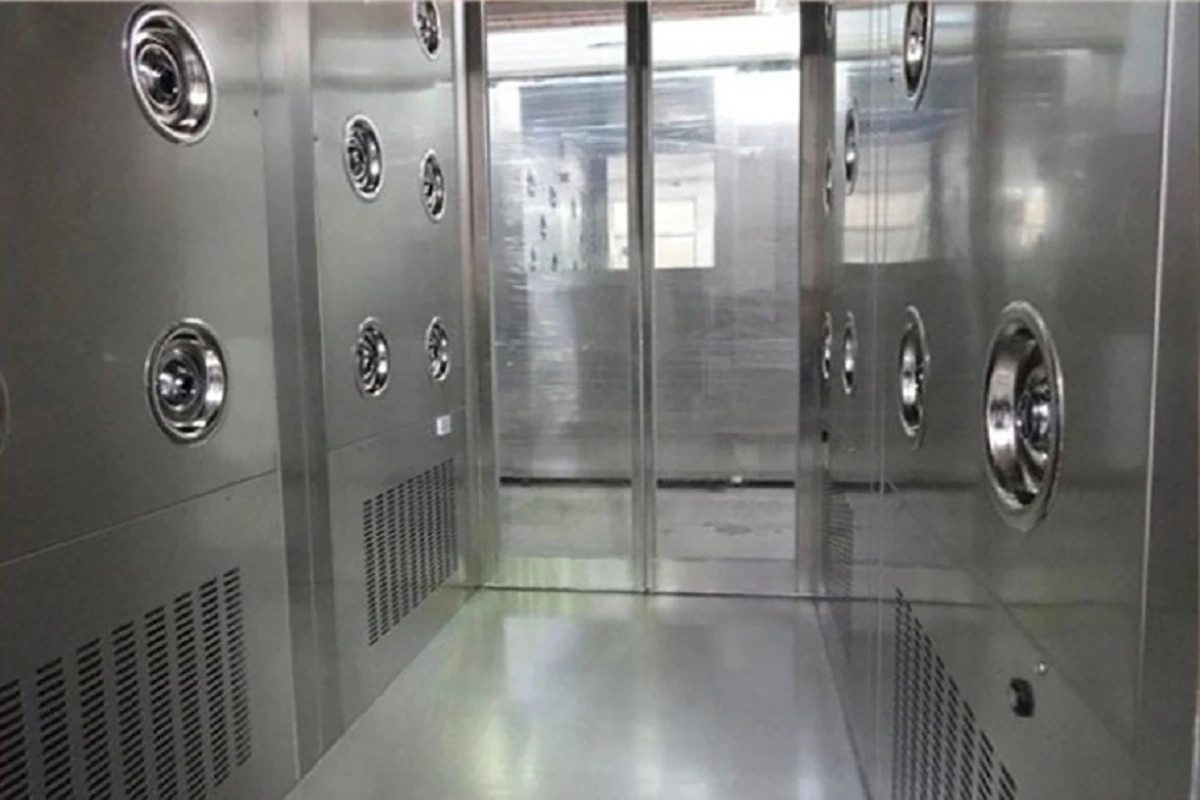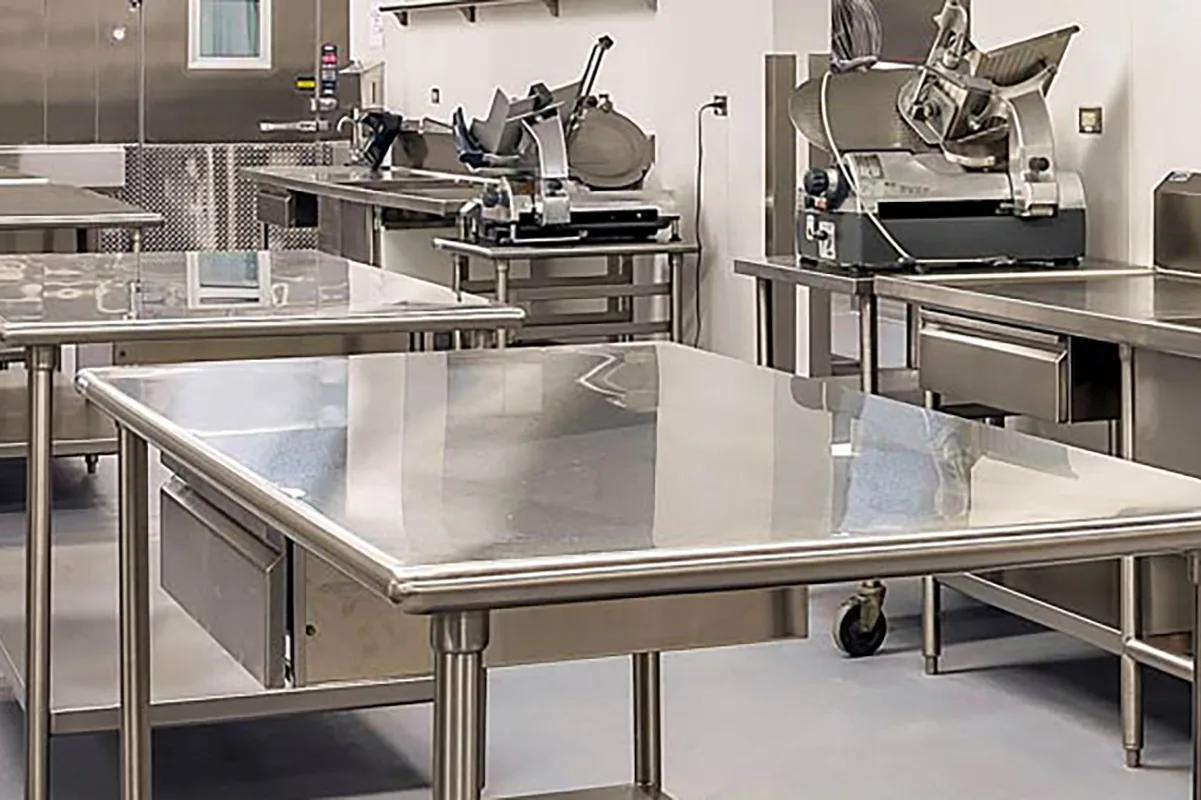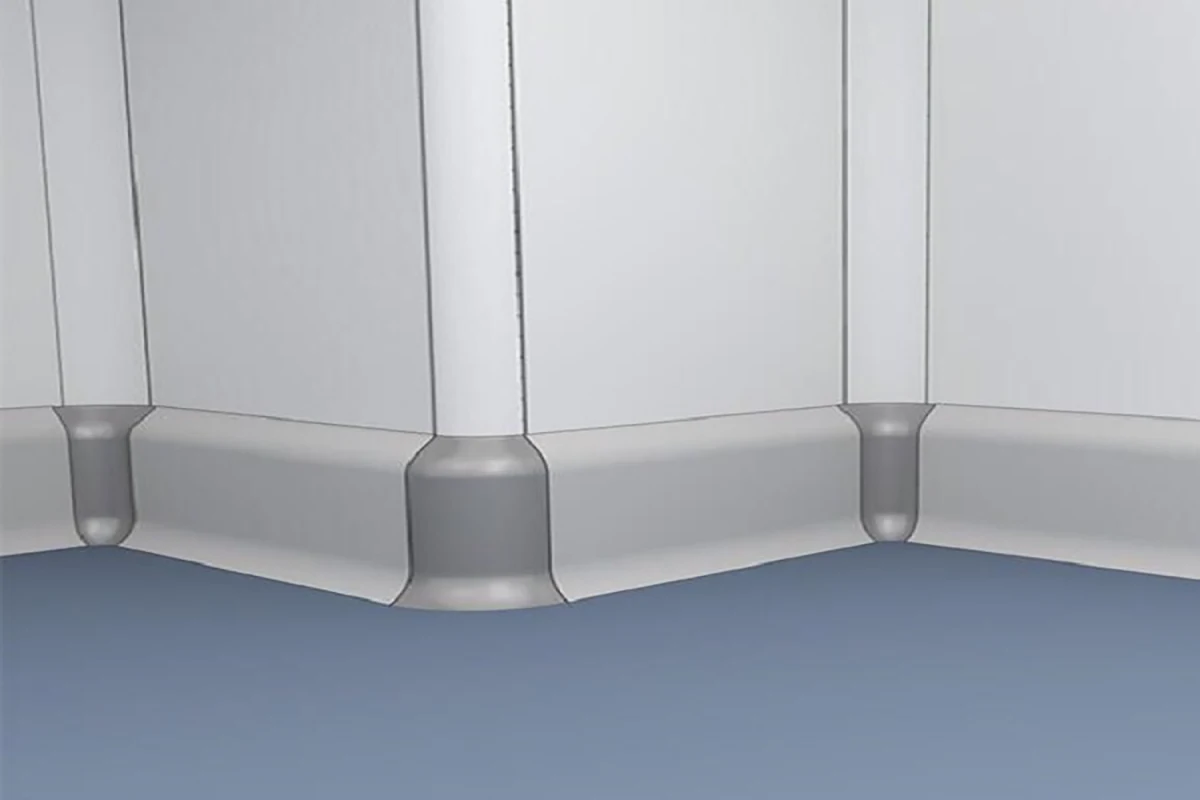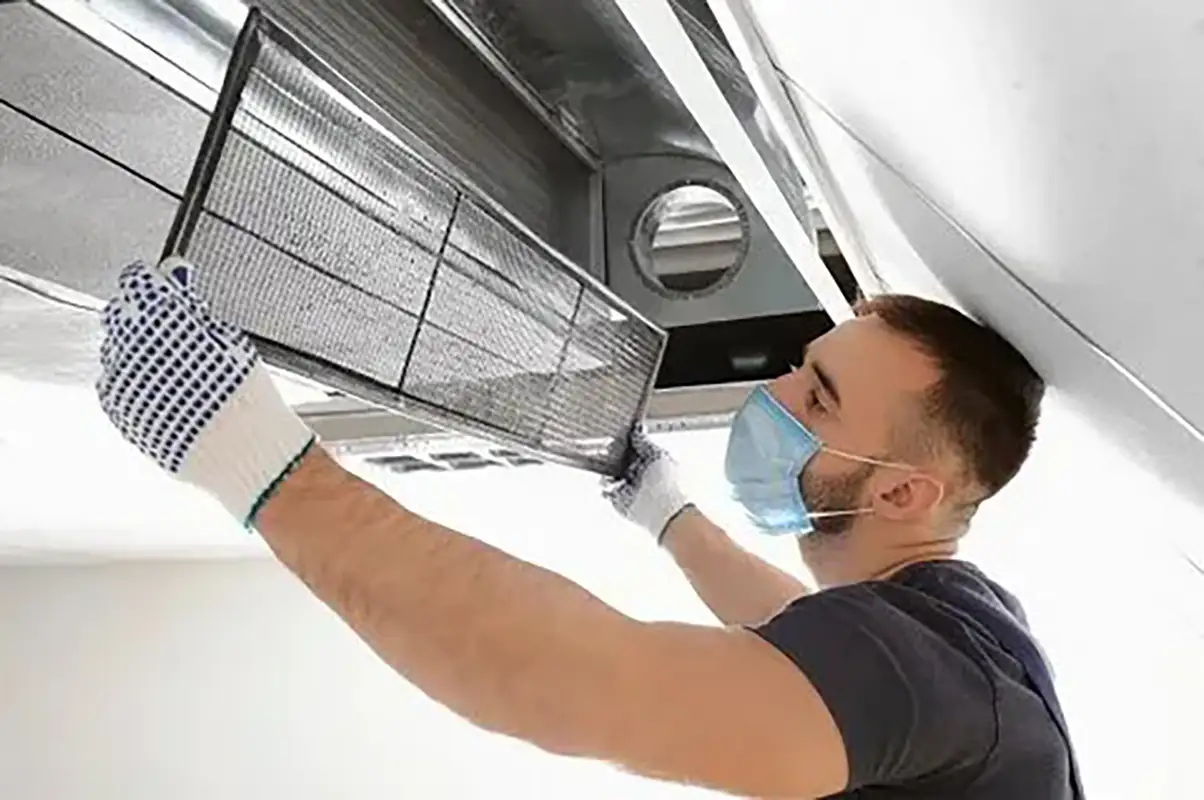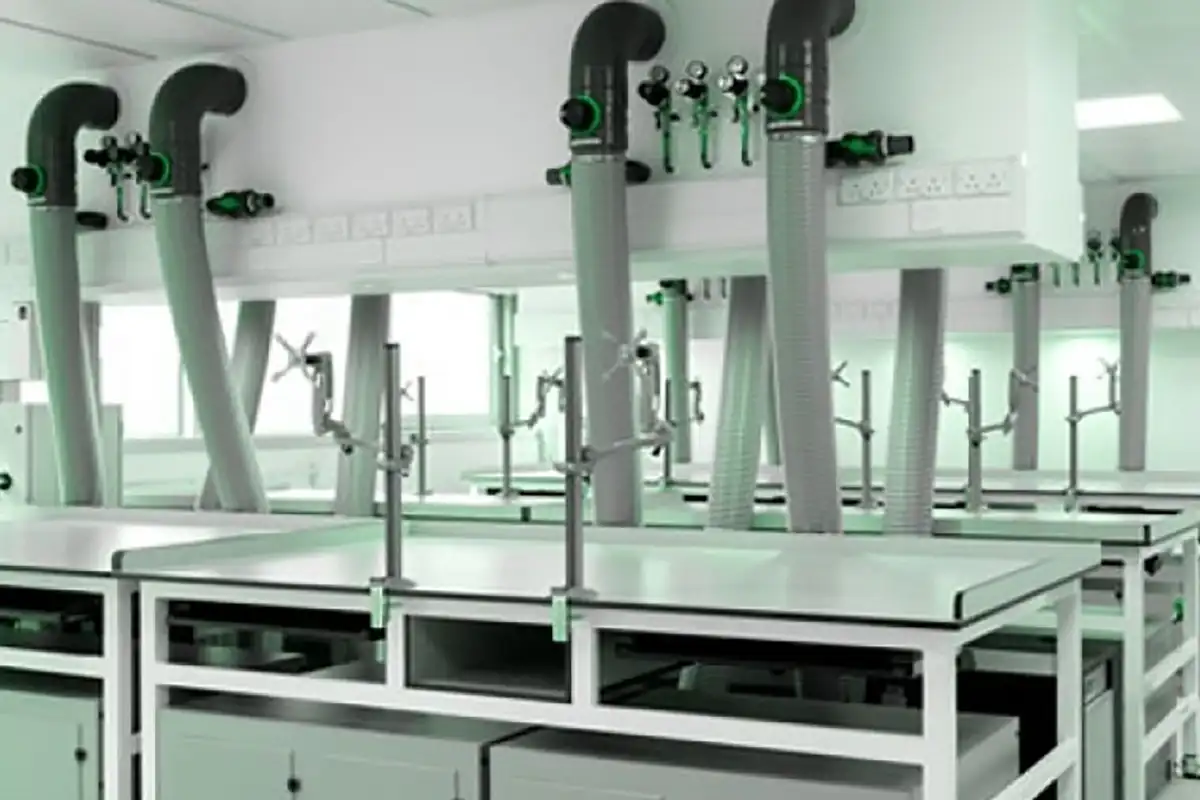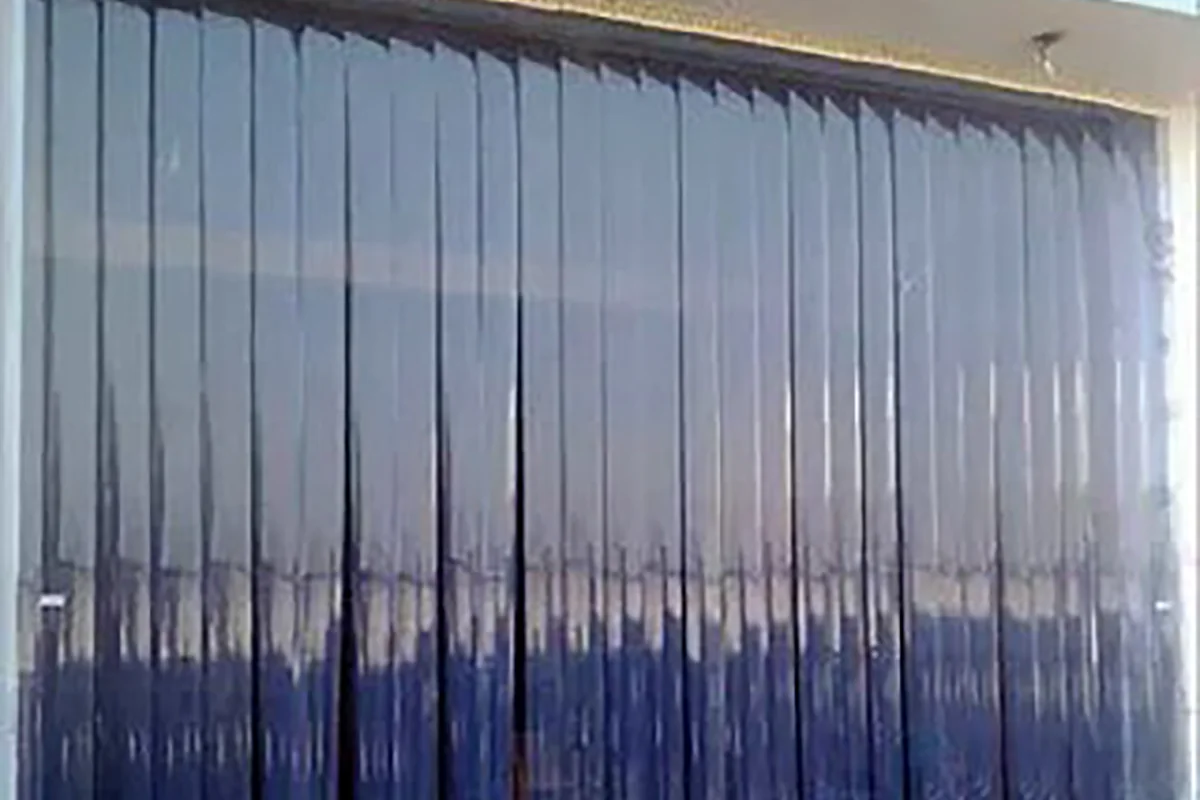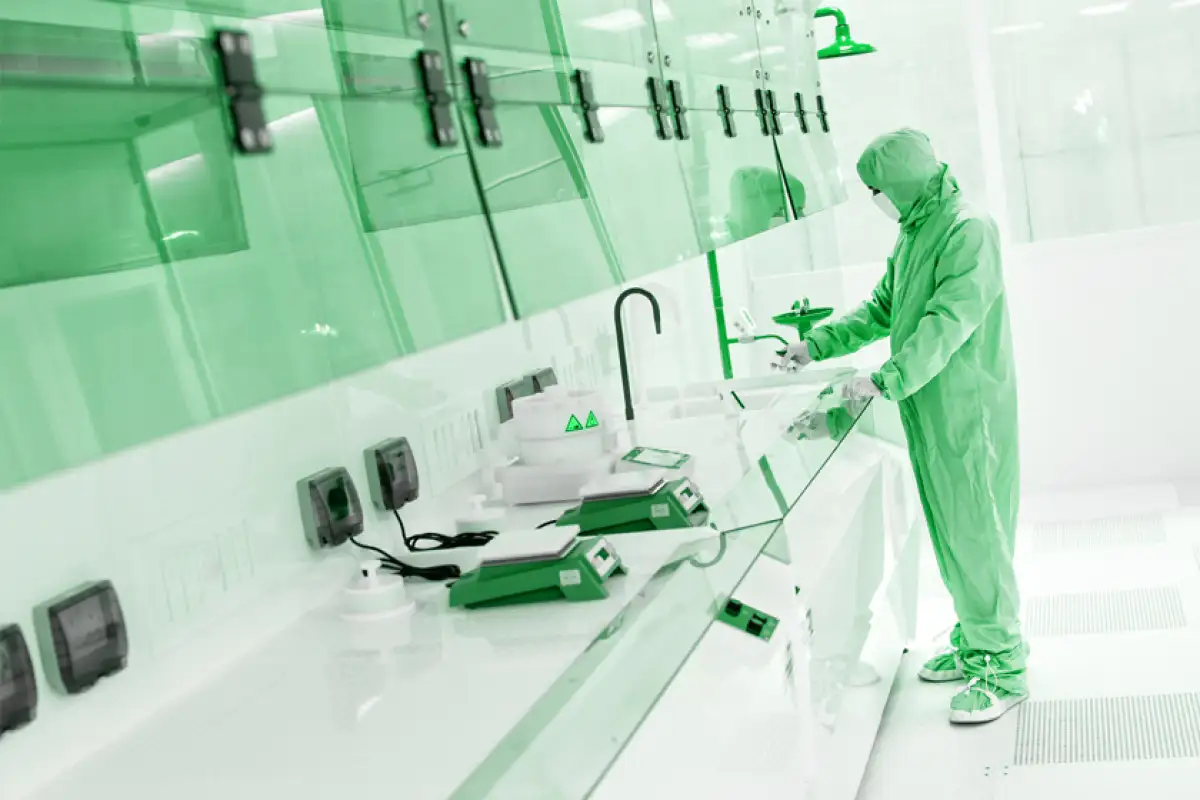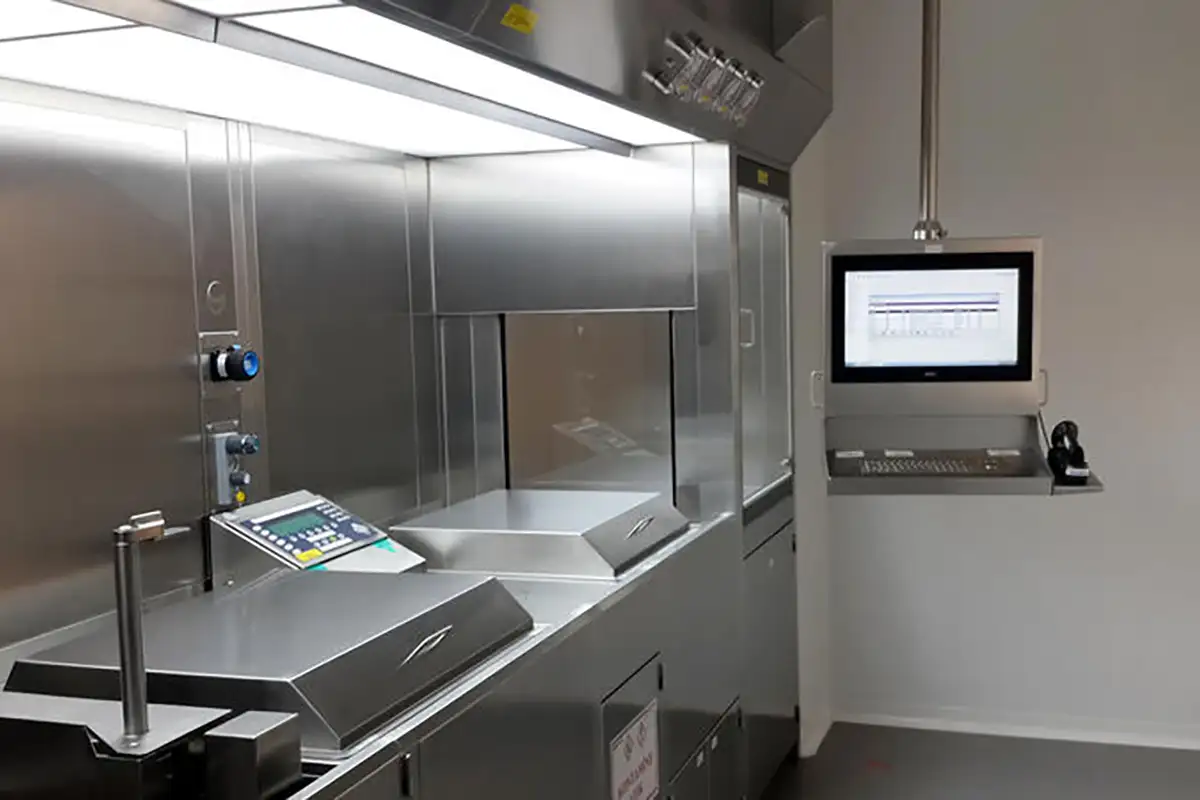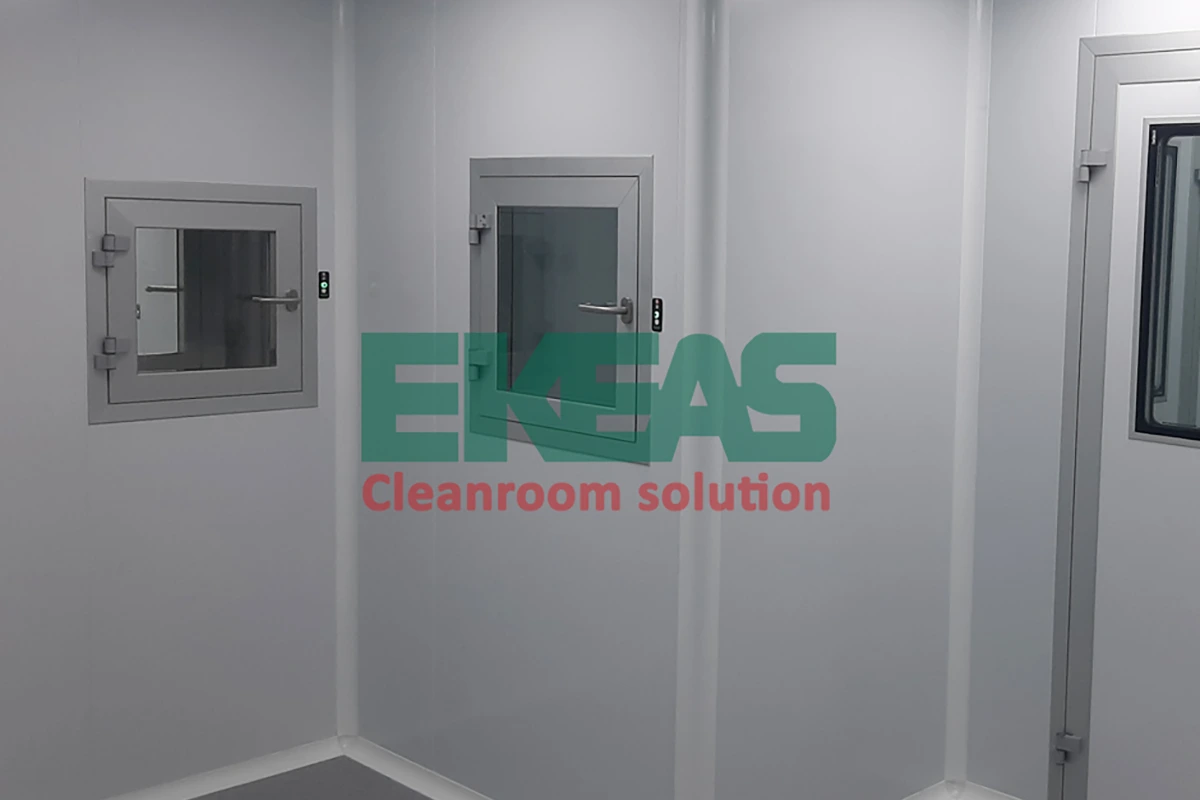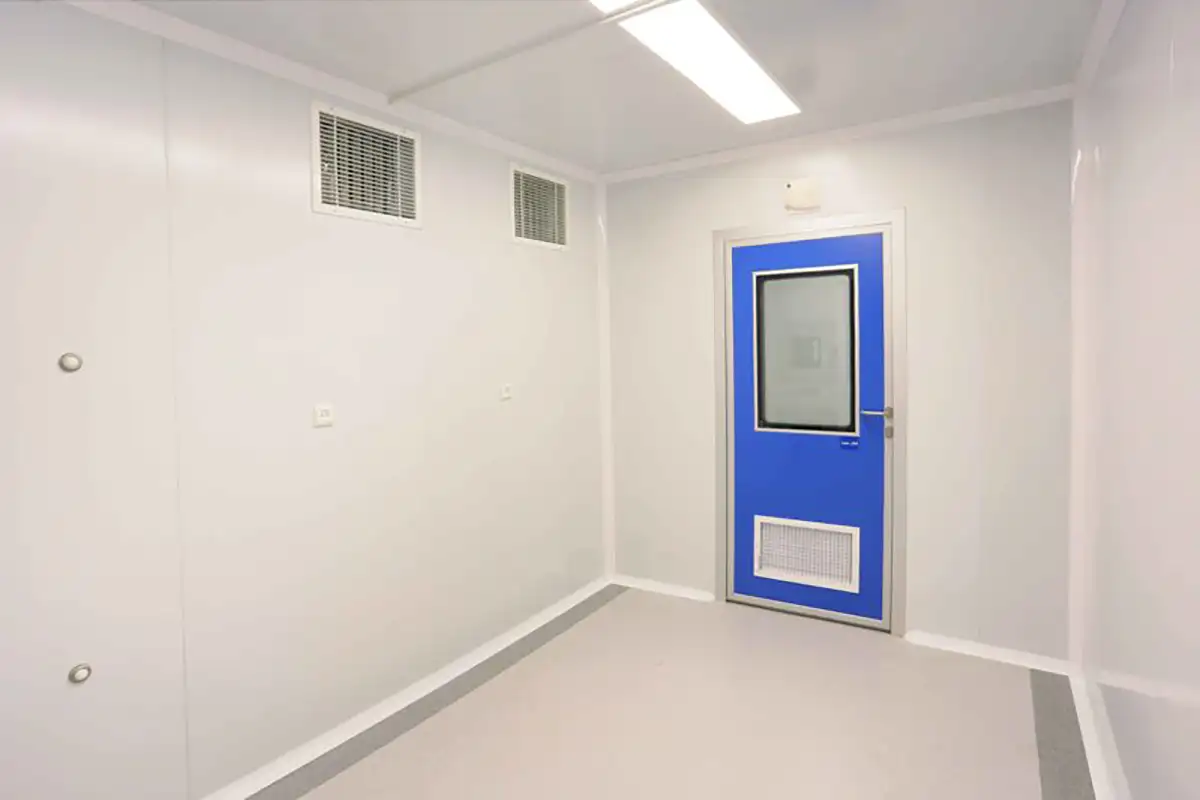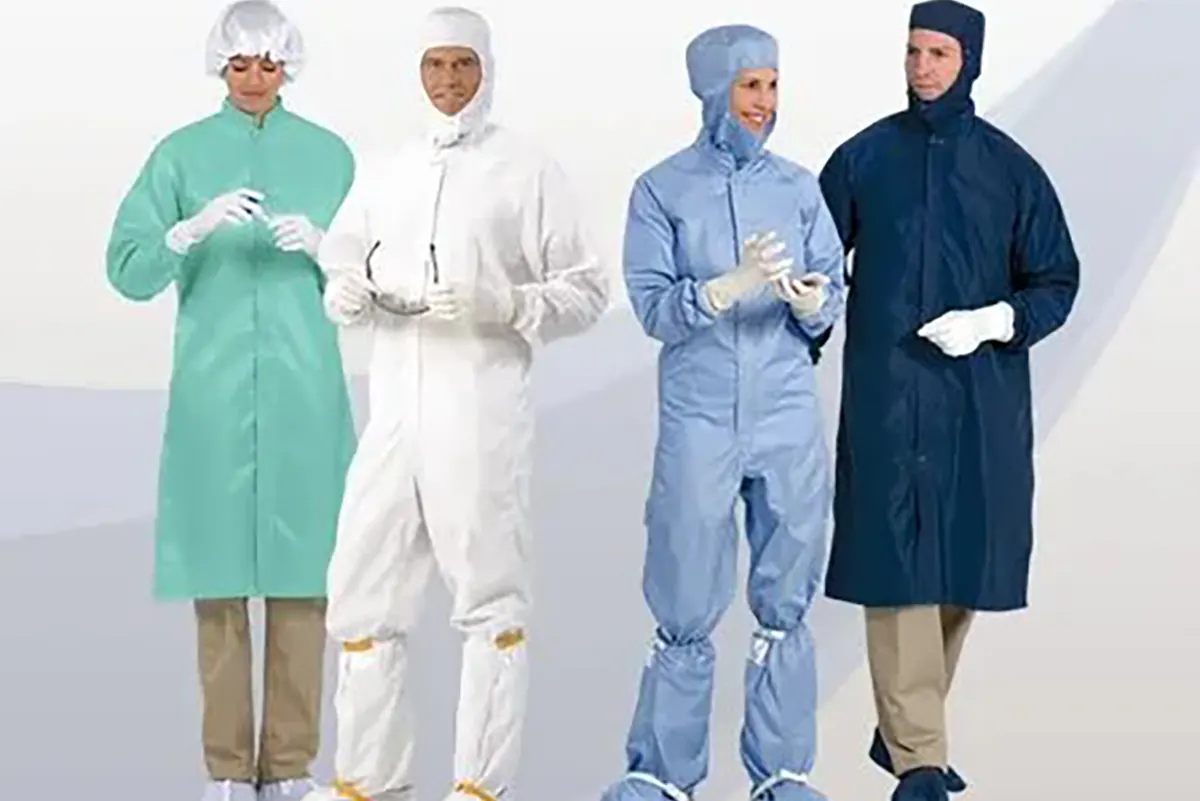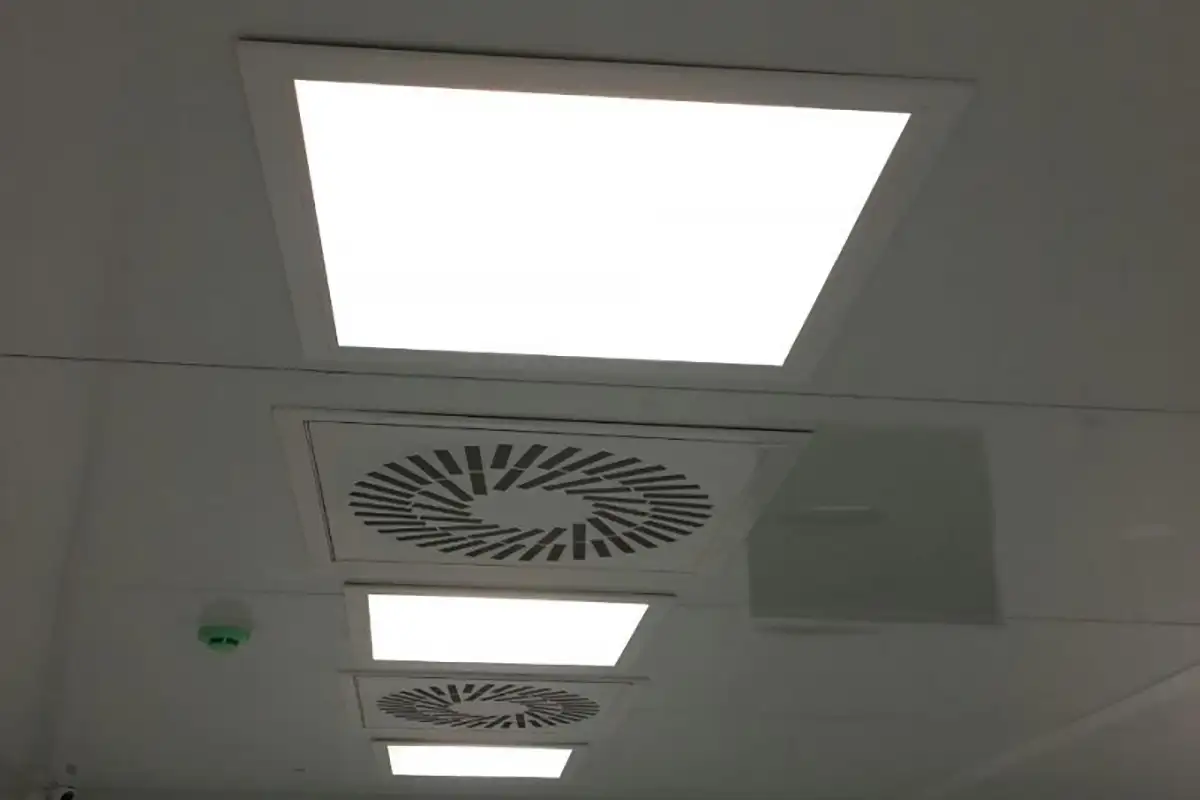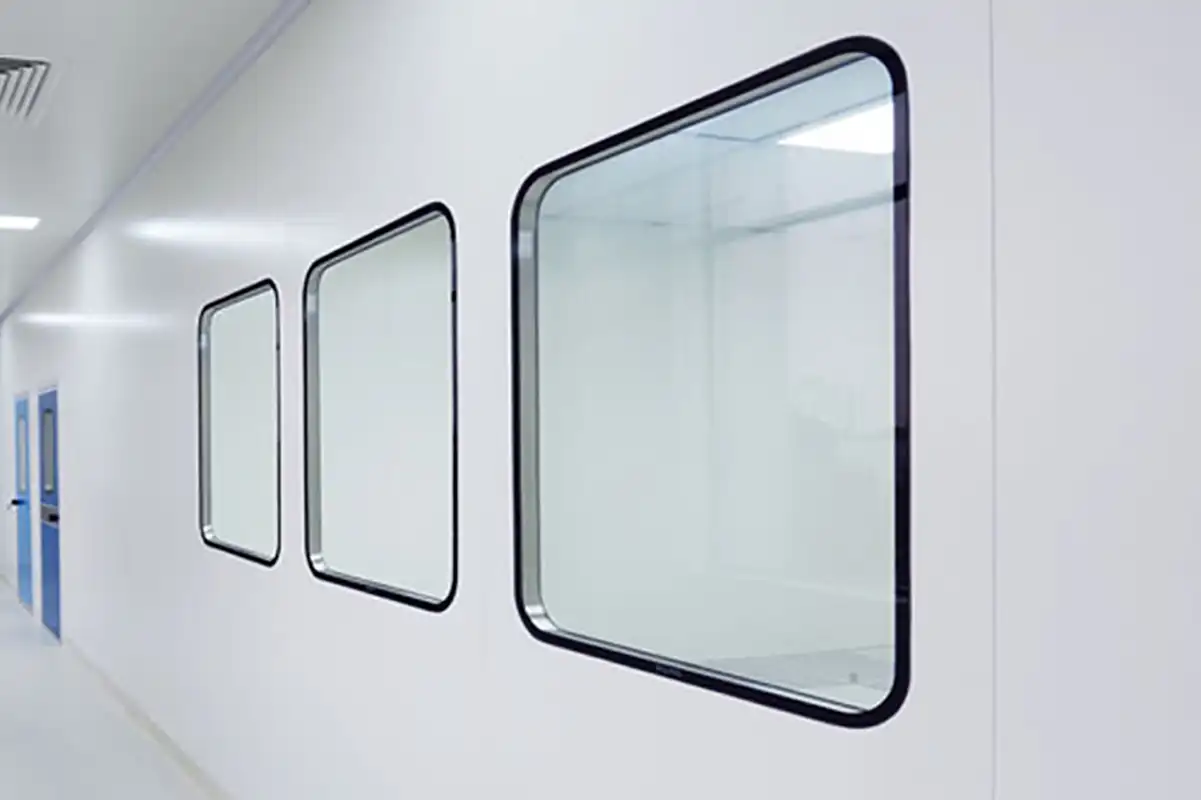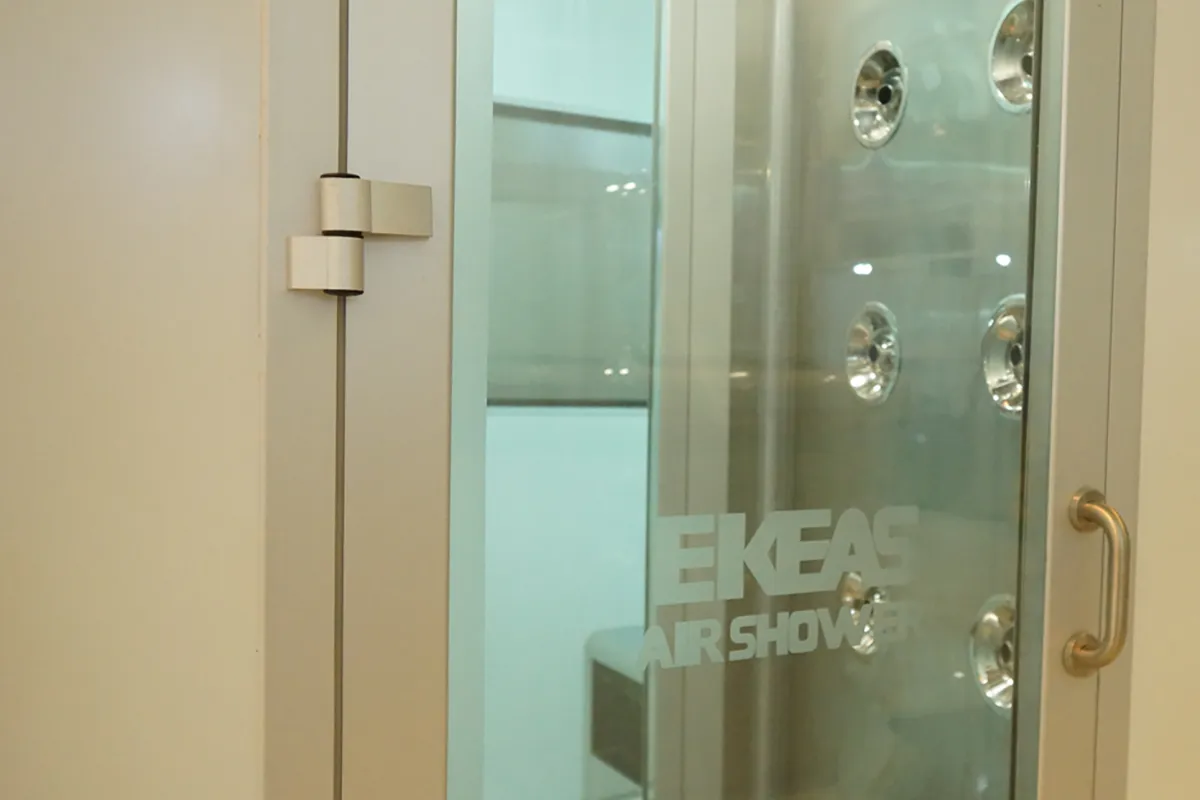Cleanrooms are a vital controlled and sterile environment for a variety of industries that require precise lighting. Providing adequate lighting for the safety of personnel and the success of sensitive operations in this sterile environment is essential. However, designing an effective cleanroom lighting system can be a complex and challenging task, as many factors including the type of operation, cleanliness level, and materials under inspection must be considered. Therefore, in this article, we will be introduced to the general requirements of cleanroom lighting and the importance of adequate light intensity and appropriate color temperature for this sterile environment.
What are the lighting requirements for cleanrooms?
Cleanrooms are specialized environments that are designed to maintain precise levels of cleanliness and contamination control. These controlled environments are essential in a variety of industries such as pharmaceuticals, electronics, and healthcare,
One of the essential aspects of cleanroom design is its lighting system. Proper lighting is not only essential for vision and productivity, but also plays a vital role in meeting stringent standards. Cleanrooms require a level of illumination that minimizes particle generation and ensures uniform lighting throughout the space. Therefore, lighting fixtures used to prevent contamination and maintain the integrity of the cleanroom environment must meet certain standards. Additionally, the lighting system must be energy efficient to minimize disruptions and ensure high performance in the cleanroom.
read more | cleanroom equipment
One of the key considerations for cleanroom lighting is the selection of appropriate fixtures. Traditional lighting fixtures with exposed lamps and complex designs are not suitable for cleanrooms due to their tendency to attract and accumulate dust. Instead, cleanrooms require specialized fixtures that are sealed, easily cleanable, and designed to minimize particle generation.
Another important aspect is the intensity and uniformity of light. Cleanrooms typically require higher levels of illumination than standard environments to make detailed visual inspection easier and ensure precise operations. Uniform light distribution is essential to eliminate shadows and prevent inconsistencies that can impact the identification of contaminants or disrupt the work of personnel.
Impact of Lighting on Cleanroom Operations
The impact of lighting on cleanroom operations cannot be overstated. Cleanrooms are highly controlled environments that require precise lighting conditions to ensure optimal performance and safety. Lighting plays a critical role in maintaining the integrity of the cleanroom and ensuring the accuracy of operations performed within it.
Most importantly, lighting in cleanrooms must meet stringent requirements. This means that lighting fixtures must be designed to minimize the accumulation of dust, particles, and other contaminants. As such, sealed fixtures with smooth surfaces and minimal protrusions are preferred to prevent the buildup of dirt and facilitate cleaning.
The type of light used in cleanrooms is very important. Light sources should emit minimal heat and ultraviolet radiation to prevent any adverse effects on sensitive materials or processes. LED lights, with low heat output and minimal UV emission, are the best option for cleanroom operations. LED lights are not only energy-efficient, but they also provide a stable and reliable source of illumination.
read more | Ways to Identify Sources of Contamination in Cleanrooms
Cleanroom lighting classification and standards
When it comes to cleanrooms, lighting and illumination are not just about visibility, but they also play an important role in maintaining the integrity and cleanliness of the environment. Cleanroom lighting must meet certain standards to ensure that operations in this environment are performed successfully and accurately.
Cleanroom Lighting Classification
Cleanroom lighting is classified based on the level of particulate contamination. The International Organization for Standardization (ISO) has defined a number of classes, from ISO Class 1 to 9, with ISO Class 1 being the most stringent.
Different applications of cleanrooms require different lighting standards. For example, ISO Class 1 and Class 2 cleanrooms, which are used in very sensitive industries such as microelectronics and pharmaceutical manufacturing, require lighting fixtures that create minimal particulate contamination. These fixtures are typically designed with smooth surfaces and minimal geometric shapes to prevent dust buildup.
read more | Hygienic air conditioner
On the other hand, ISO Class 9 cleanrooms, which are used in less critical applications such as packaging or warehousing, may be able to tolerate slightly higher levels of particulate contamination. However, it is still important to choose lighting fixtures that are easy to clean and maintain in order to minimize the risk of contaminating the cleanroom environment.
In addition to particulate contamination, other factors such as temperature, humidity, and electrostatic discharge (ESD) must also be considered for cleanroom lighting. Lighting fixtures must be designed to withstand the specific conditions of the cleanroom and prevent ESD, which can damage sensitive equipment or compromise product quality.
The importance of color rendering index (CRI) in cleanroom lighting
When it comes to cleanroom lighting, the color rendering index (CRI) plays an important role in ensuring performance and safety. This index measures the accuracy of a light source in comparison to natural light. In cleanrooms, where accuracy is a priority, the color rendering index of the lighting system becomes even more important.
In the sterile environments of cleanrooms, complex processes such as electronic component inspection or biological sample analysis are often performed that require accurate color recognition. Incorrect color rendering can lead to errors or misinterpretation and compromise the quality and reliability of operations. Cleanroom lighting requires high CRI, as it allows cleanroom operators to detect subtle color differences and ensure accurate identification and analysis of materials.
read more | What is a HEPA filter
Trust Ekeas to design a standard cleanroom lighting system
Lighting plays a critical role in the accuracy of cleanroom environmental processes. Because it affects various aspects of cleanroom operations, including productivity, safety, and quality control. By selecting the right cleanroom lighting system and the right equipment, you can create an optimal working environment for operators and ensure clear vision, reduced eye strain, and minimize errors. Therefore, the engineering team of Ekeas cleanroom company proudly offers a wide range of services at all stages of design, production, and installation of cleanroom lighting systems and other equipment. So contact us now to benefit from our services.
Cleanroom Equipment by Ekeas
Cleanrooms include a variety of equipment, and in order for a cleanroom to meet standards, it must use the appropriate equipment. Here are a few examples of cleanroom equipment:
